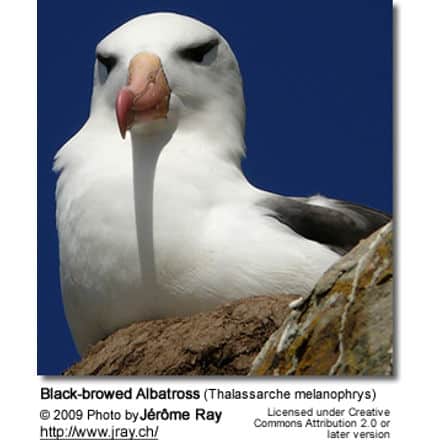Red-fronted Tinkerbirds (Pogoniulus pusillus)
The Red-fronted Tinkerbirds (Pogoniulus pusillus) – formerly known as Red-fronted Tinker Barbets — are small, solitary African barbets.
They are sometimes considered conspecific (one species) with its northern counterpart, the Yellow-fronted Tinkerbird.
Distribution / Range
The Red-fronted Tinkerbird occurs in eastern South Africa, with a separate population from southern Sudan and Ethiopia south to central and eastern Tanzania. They inhabit juniper forest and scrub.
Description
The Red-fronted Tinkerbird measures 9–10.5 cm in length. It has a a short neck, large head, and short tail. They have bristles around the base of the bill.
The adult has black upperparts heavlly streaked with yellow and white, and a golden wing patch. Its head has a strong black and white pattern, with a red forecrown spot. Its underparts and rump are lemon yellow. Males and females look alike in appearance, but young birds lack the red forehead.
Similar Species
They are similar to the Yellow-fronted Tinkerbird, but can be identified by the forehead spot, the golden wing patch and its overall darker plumage.
It can also be confused with the Red-fronted Barbet but the Red-fronted Tinkerbird is significantly smaller in size, has a black moustache and a less robust bill, and lacks the broad yellow curving streaks above the eyes (known as superciliary stripe)
Calls / Vocalizations
The Red -fronted Tinkerbird’s call is described as a fast tink-tink-tink-tink, with about 100 repetitions per minute.
Nesting / Breeding
They typically nest in holes bored into dead trees, branches or stumps. The hen usually lays between 2 to 3 eggs that are incubated for 13–15 days. Nesting duties are shared by both parents. Tinkerbirds may place sticky mistletoe seeds around the entrances of their nests, probably to deter predators.
Diet / Feeding
Red-fronted Tinkerbirds mostly feed on various fruits, including berries and mistletoe. They may also visit plantations and feed on cultivated fruit and vegetables.
Fruit is eaten whole and indigestible material such as seed pits regurgitated later. They are believed to be important agents in seed dispersal.
In addition to fruits, they may take small insects, such as ants, cicadas, dragonflies, crickets, locusts, beetles, moths and mantids.




